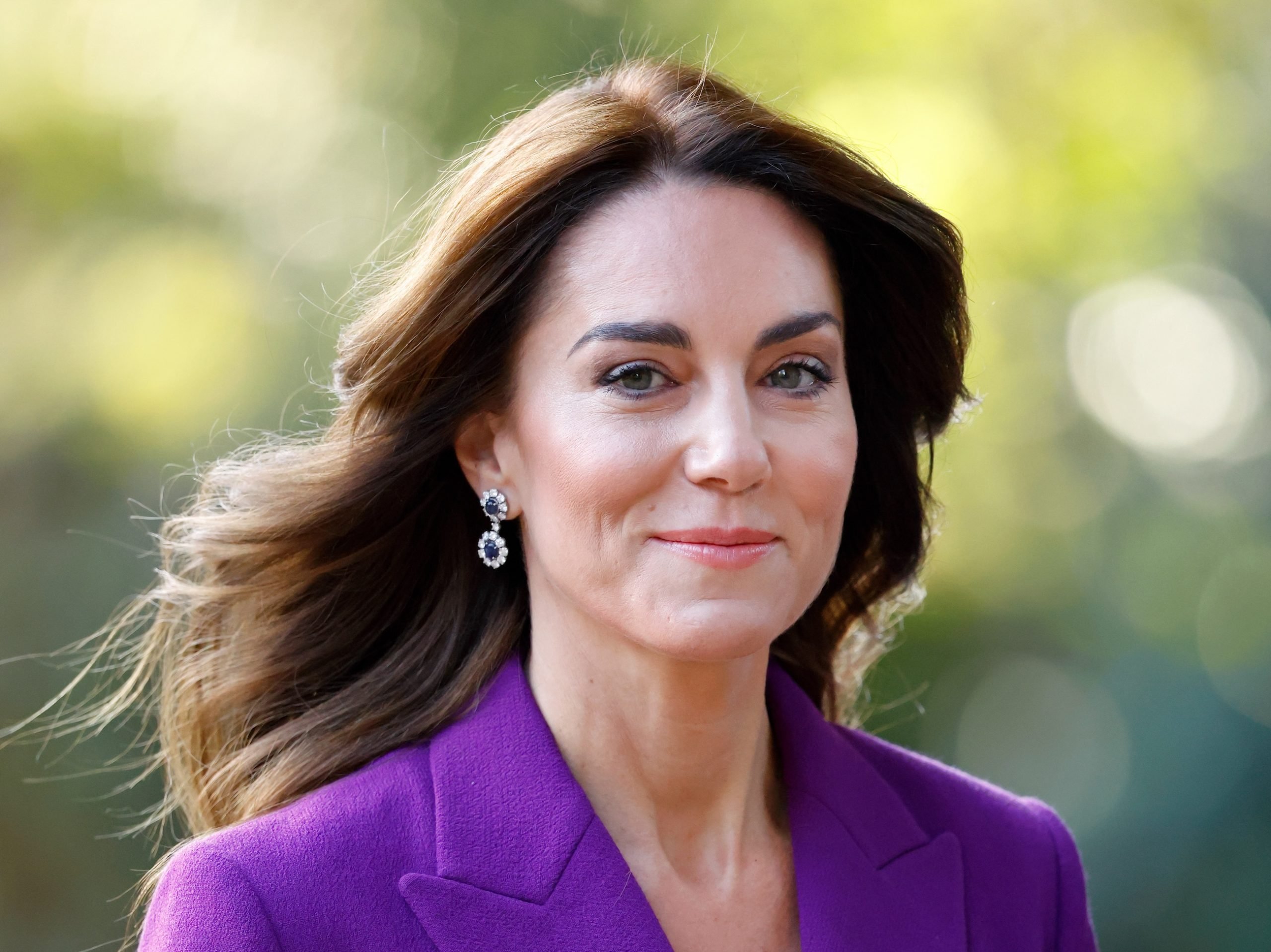
A new portrait of the Princess of Wales commissioned by England’s Tatler magazine aimed to show Catherine Middleton’s “dignity, elegance, and grace.” But, judging by online remarks, the canvas widely missed the mark.
“Intentionally bad,” swiped one commenter on Tatler’s post with the cover of the July 2024 issue that sports the portrait, which is the work of Zambia-born artist Hannah Uzor. “Woke agenda,” cried another, adding, “Terrible portrait. Talent should matter.”
Others noted that in view of the Princess’s medical condition, what they consider a poor likeness of her can only cause further harm. “She has been through hell battling cancer!” wrote one commenter. “It is incredible that no one proofed this horrible painting before it was published!”
The portrait shows Kate in the $5,000 floor-length Jenny Packham cape dress she wore to a state banquet for the president of South Africa at Buckingham Palace in 2023, along with the 1913 Queen Mary’s Lover’s Knot tiara.
Commenters on a post by the popular Instagrammer Diet Prada had some fun at the painting’s expense. “I think this is a middle school artist masterpiece,” deadpanned one, while another referred to an artist who took up painting much later in life and is known partly for his portraits of world leaders: “I think George W. Bush did an amazing job.”
Even more sympathetic commenters maintained that Uzor failed in her task. “The painting is beautiful,” said one, “but does not look like the princess.”
One could set one’s gold pocket watch by the recent scandals over images of British royals. Most recently, Jonathan Yeo’s portrait of King Charles II, in which he barely emerges from the red background, led some commenters to say it seemed to show the monarch (also recently diagnosed with cancer) “burning in hell” and “bathing in blood” in what many took to symbolize his empire’s colonial legacy. And in the digital realm, one photograph after another of members of the royal family put forth by Buckingham Palace have been revealed, on not-even-very-close inspection, to have been doctored.
Born in Lusaka, Zambia, Uzor lives in the U.K. and has typically used her portraiture to explore the stories of people of the African diaspora. She earned her master’s degree in painting at London’s Slade School only in 2023 but she has already had solo outings at London’s Arts Space Galleries and the Candid Arts Centre, and has appeared in group shows at other venues in that city, including the Africa Centre, the Koppel Project Gallery, and J/M Gallery.
Per Tatler, a fashion, lifestyle and high society rag in print since 1901, the artist pored over some 180,000 photos of the princess. The canvas’s colors aim to symbolize some of her passions, said the magazine: the green color wash nods to her love of gardening, while the blue tones refer to her love of rowing. For her part, the artist said in an Instagram video that the blue is meant to bring out the blue of the princess’s eyes (which, judging by images of the painting online, are strangely not blue in the portrait).
The artist did not immediately reply to a request for comment sent via her website. Tatler did not immediately reply to an email sent to the magazine’s publisher, Condé Nast, requesting comment on the backlash against the portrait.
Uzor has been arguing through her work for a greater recognition of the place of people of African descent in the U.K., researching especially Black people in the country’s upper classes. “We’re the very fabric of this society,” she told CBS This Morning. She may be best known for her portrait of Sara Forbes Bonetta, Queen Victoria’s African goddaughter, born in modern-day Nigeria, then known as Benin.
Her project rhymes closely with the image of Regency-period England in the runaway Netflix hit show Bridgerton, which highlights the rumored mixed-race heritage of Queen Charlotte (played by Golda Rosheuvel), and where other prominently titled figures, including Simon, Duke of Hastings (Regé-Jean Page) are Black.